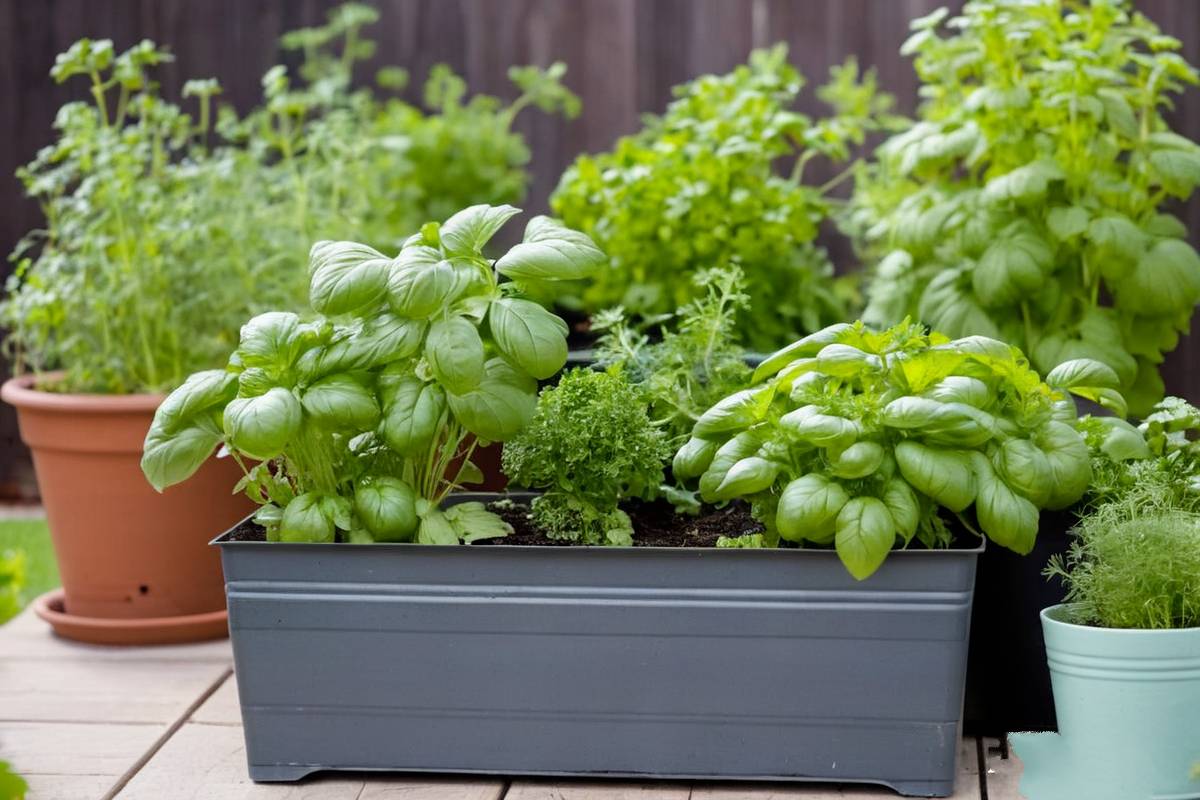
In Zone 5 in the U.S., June is an excellent time for planting a variety of vegetables, herbs, flowers, and even some fruits. This time of year is typically free of frost, providing ideal conditions for both warm-season and some cool-season plants.
Here are some recommendations:
In this article
Vegetables
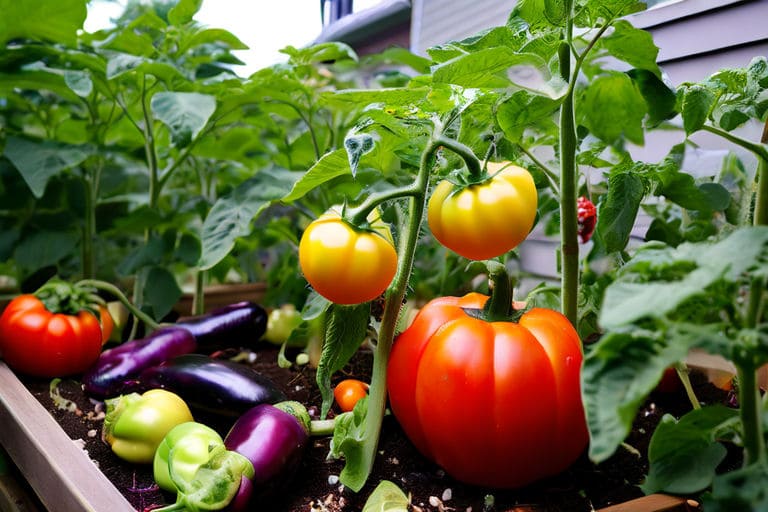
June is an excellent time to take advantage of the warm weather to cultivate a productive garden. Tomatoes and peppers, started from transplants, flourish in the summer heat, yielding bountiful crops perfect for salads and sauces. My family enjoyed grilled zucchini, fresh bean salads, and homemade salsa from our garden all summer long
- Warm-Season Vegetables:
- Tomatoes: Plant transplants to ensure they have enough time to mature and produce fruit.
- Peppers: Both sweet and hot peppers can be planted as transplants.
- Eggplant: Like tomatoes and peppers, eggplants should be started from transplants.
- Cucumbers: Plant seeds directly in the ground; they grow quickly in warm weather.
- Zucchini and Summer Squash: Sow seeds directly into the soil.
- Beans: Both bush beans and pole beans can be planted from seed.
- Corn: Plant seeds in blocks rather than rows to ensure proper pollination.
- Succession Planting:
- Lettuce: Plant seeds every two weeks for a continuous harvest.
- Radishes: Quick to mature, plant seeds every few weeks.
- Spinach: Choose heat-tolerant varieties to plant in June.
Herbs
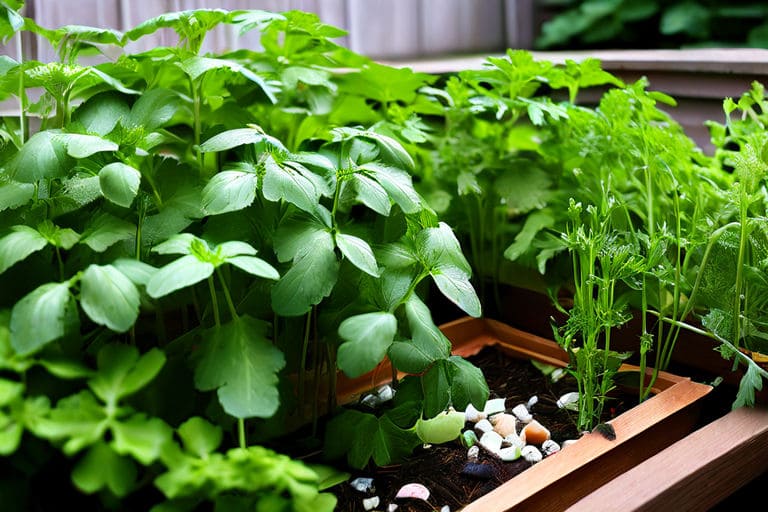
Basil thrives in the warm weather and is perfect for making homemade pesto or adding to a Caprese salad. Cilantro, which grows rapidly from seed, is excellent for fresh salsa or garnishing tacos. Dill can be sown directly and used in pickling or sprinkled over roasted vegetables. Parsley, whether flat-leaf or curly, is a versatile herb that enhances everything from tabbouleh to chimichurri sauce. Last summer, I planted a small herb garden outside my kitchen door, and the convenience of snipping fresh herbs for my recipes was a game-changer. The basil pesto I made was a hit at barbecues, and the fresh cilantro added a bright note to my homemade guacamole.
- Basil: Start from seeds or transplants; it thrives in warm weather.
- Cilantro: Plant seeds directly in the ground for fresh leaves and seeds (coriander).
- Dill: Sow seeds directly for use in cooking and pickling.
- Parsley: Plant transplants for a continuous supply throughout the season.
Flowers
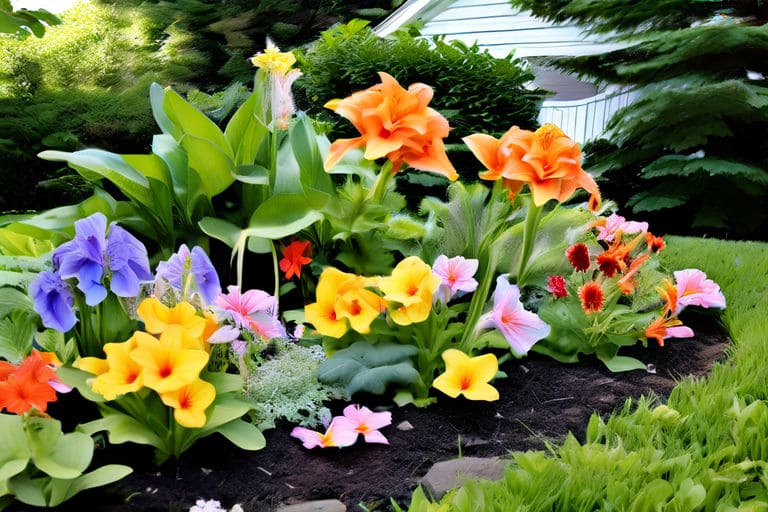
Marigolds and zinnias are perfect for this time of year; they thrive in the summer heat and bring bright, cheerful blooms that can deter pests. For shaded areas, impatiens and hostas provide lush foliage and delicate blossoms, transforming even the dimmest corners into vibrant spots.
- Annuals:
- Marigolds: These bright, pest-repelling flowers can be planted from seed or transplants.
- Zinnias: Heat-tolerant and vibrant, plant seeds directly in the garden.
- Sunflowers: Sow seeds directly for tall, striking flowers.
- Petunias: Available as transplants, they are perfect for adding color to your garden.
- Impatiens: Ideal for shaded areas, available as transplants.
- Perennials:
- Daylilies: Hardy and long-blooming, plant these perennials for lasting color.
- Hostas: Great for shaded areas, offering lush foliage.
- Echinacea (Coneflowers): Drought-tolerant and pollinator-friendly.
- Black-eyed Susans: Bright and cheerful, perfect for sunny spots.
Fruits
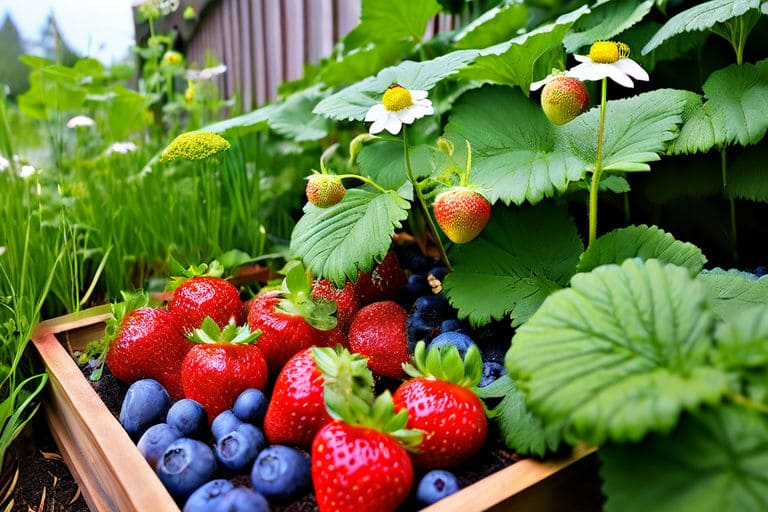
June is the perfect time to plant fruit in Zone 5, especially everbearing or day-neutral strawberries, which provide a continuous harvest throughout the season. I’ve found that these varieties are incredibly rewarding, offering fresh, sweet berries from summer well into fall.
- Strawberries: Plant everbearing or day-neutral varieties for a continuous harvest.
- Raspberries and Blackberries: June is a good time to plant these fruiting canes.
Tips for Successful Planting in June
- Soil Preparation: Enrich your soil with compost and organic matter to provide necessary nutrients.
- Watering: Keep newly planted seeds and transplants well-watered, especially during dry spells.
- Mulching: Apply mulch around plants to retain moisture and suppress weeds.
- Spacing: Ensure proper spacing to allow for air circulation and healthy growth.
Specific Recommendations by Plant Type
- Leafy Greens: Although it’s late for some greens, heat-tolerant varieties of lettuce, Swiss chard, and kale can still be planted.
- Root Vegetables: Beets, carrots, and turnips can still be sown in early June.
- Herbs: In addition to basil, cilantro, dill, and parsley, consider planting oregano, thyme, and chives.
To find out what zone you are in, click here:
U.S. Planting Zone Map
Find out which herbs grow best in your State. Being able to understand which planting zone you’re in means you’ll be making wise planting decisions.
Happy gardening and I hope you have a bountiful harvest!








